4-wire “passive” versus “active” output transmitters
Some self-powered (4-wire) analog electronic transmitters are designed to behave as electrical loads rather than as electrical sources. Such transmitters are commonly referred to as having passive or sinking 4-20 mA outputs, as opposed to the active or sourcing 4-wire transmitters previously described:
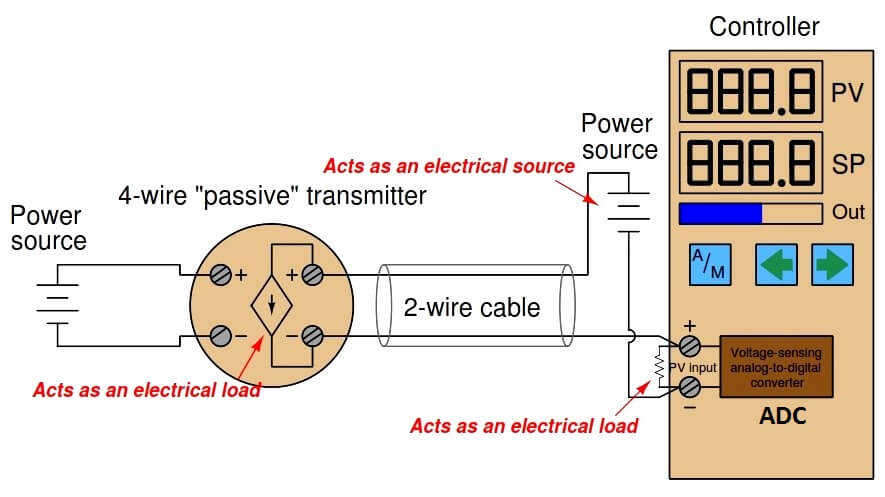
At first this seems needlessly confusing. Why build a self-powered transmitter requiring a second power supply in the circuit to drive the 4-20 mA signal? The reason for this type of transmitter’s existence is the sheer popularity of loop-powered 2-wire 4-20 mA transmitters. Loop-powered field instruments have become so popular in industry that many control systems, PLCs, indicators, and other receiving devices have their own loop power supply built in so that these systems can only connect to loads and are therefore incompatible with current-sourcing 4-wire transmitters. Thus, “passive” or “sinking” 4-wire transmitters were developed to accommodate control systems designed to work (only) with loop-powered instruments.
Some 4-wire transmitters are configurable for either passive or active (i.e. sinking versus sourcing) operation, requiring the installing technician to pay close attention in order for the circuit to properly function.
Credits : by Tony R. Kuphaldt – Creative Commons Attribution 4.0 License
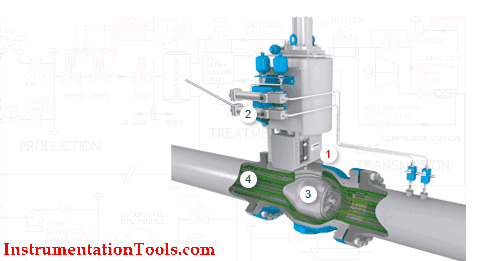

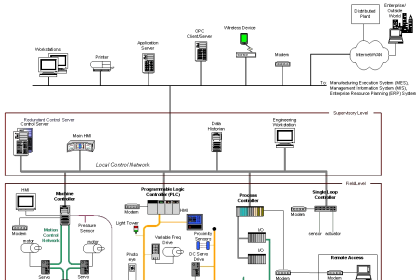

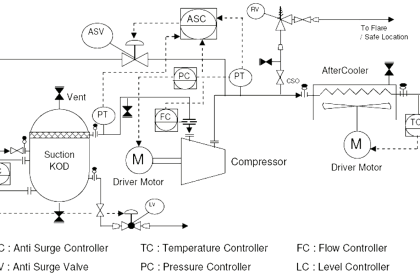
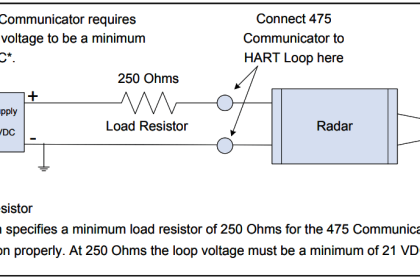


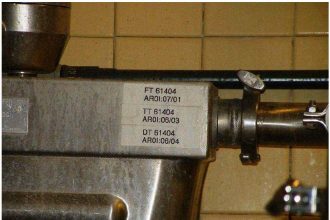
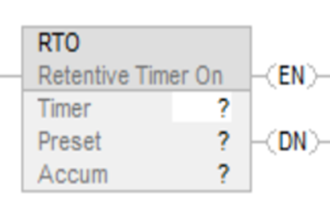
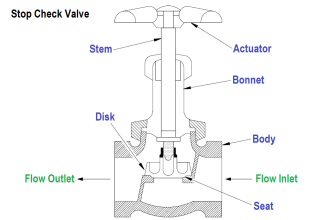



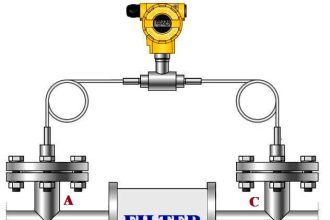


Hi,
Can you please share the internal circuit for 4wire active type transmitter?
uhhh every day is fight in our refinery about active or passive ;))